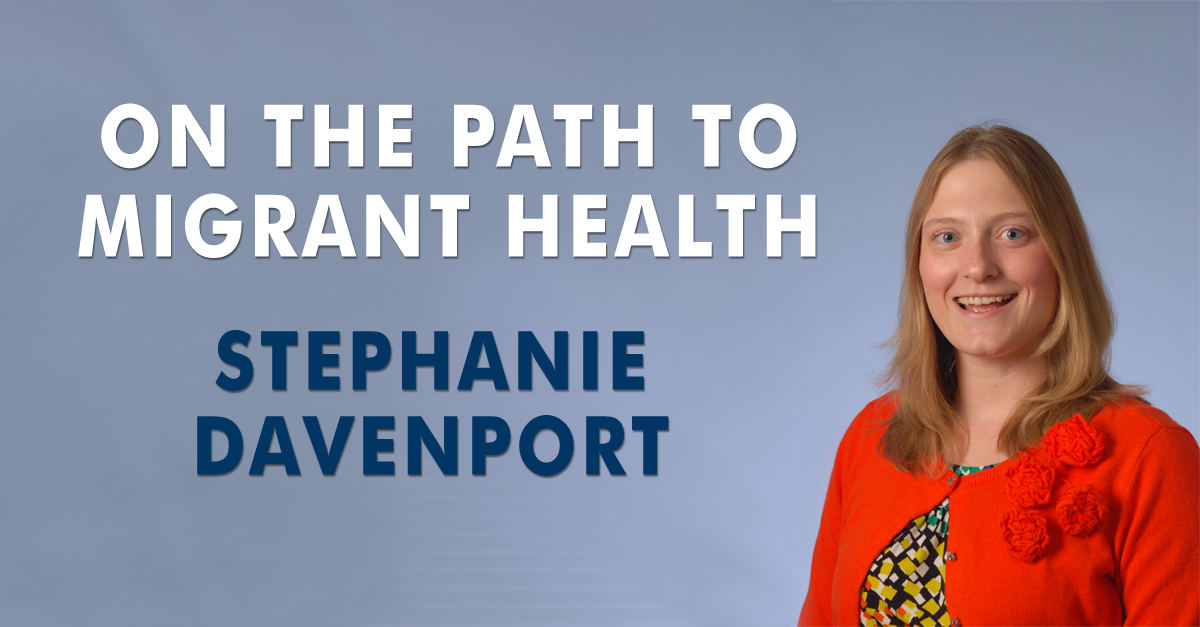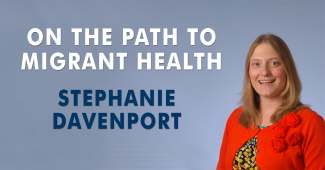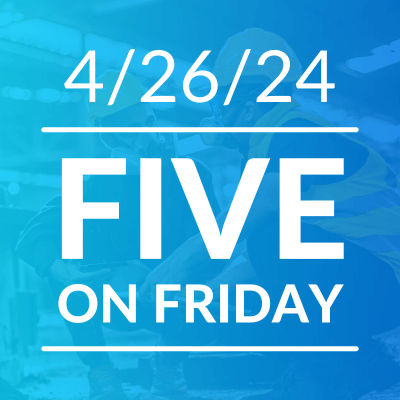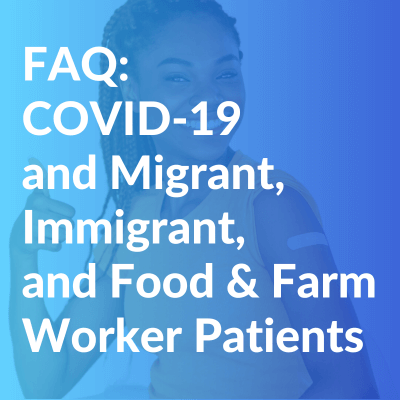On the Path to Migrant Health, Part 1
 [Editor’s note: This is the first installment of a two-part piece on the journey of a young student on the path to serving the underserved through medicine. We first met Stephanie Davenport as an undergraduate, when she presented on incarcerated pregnant women at the National Seminar of Clinicians for Health Care Justice. She is scheduled to begin medical school in 2016; for now, she works at a hospital in her home state of Indiana. The second installment will continue her personal journey, as she steered along the path toward serving rural and poor communities. Here, she recalls her early fascination with medicine.]
[Editor’s note: This is the first installment of a two-part piece on the journey of a young student on the path to serving the underserved through medicine. We first met Stephanie Davenport as an undergraduate, when she presented on incarcerated pregnant women at the National Seminar of Clinicians for Health Care Justice. She is scheduled to begin medical school in 2016; for now, she works at a hospital in her home state of Indiana. The second installment will continue her personal journey, as she steered along the path toward serving rural and poor communities. Here, she recalls her early fascination with medicine.]
Why do I want to become a physician? Like most future medical students, the first thought that I have is that I want to help others. But one can help individuals by pursing many careers beyond medicine; thus, there has to be more that explains one’s reason. My story involves me recently accomplishing a dream that I had held since high school. In 2013, I ran the 500 Festival Mini-Marathon. It was a feat many thought I would never accomplish due to the fact that I was diagnosed with asthmatic bronchitis at the age of four. During childhood, I was determined to be active and not let the asthmatic bronchitis define me. Under the watchful eye of my family physician, I was able to increase my stamina and endurance, which enabled me through hard work and perseverance to run cross-country and track. The knowledge and compassion our family physician demonstrated sparked my interest in pursuing a career as a physician. The patient-physician interactions that we shared not only enabled me to reach my exercise goals, but they also provided me with a caring physician role model.
Over the last five years, my love for science and problem solving, my desire to form patient relationships, and, more recently, my desire to care for the elderly confirmed that I want to pursue a career as a physician. My grandma suffered from a massive stroke in 2009, which left her unconscious for two days with paralysis on her left side. It was a life-changing experience for me. Following inpatient therapy, she was able to return home with assistance from family. Prior to the stroke, I had enrolled in “Health in the Later Years,” a course at Indiana University that examined the aging process, and the science behind aging as well as how to allow aging individuals to gain the most out of life. I found the coursework intriguing and really enjoyed learning about the aging process. The course provided traditional and non-traditional treatment approaches to understanding the needs of individuals as they age.
In May 2010, I returned home to help care for my grandma, and we spent many hours together. A once vibrant grandma seemed depressed and did not show much interest in life. I realized that I could incorporate the knowledge and strategies I had learned to assist her in improving her quality of life. This same situation was discussed in class: as individuals age, their physical, emotional, and psychological needs could change. We also discussed during class that solutions require individualized plans, and it is important to involve the individual in the plan. My grandma and I talked about her situation and how together we could make it better. She commented that even though she was paralyzed she wanted to be more independent, complete tasks, and go places. We established several activities such as making flower arrangements, folding clothes, sorting silverware, playing games, and going on excursions. Thus, by talking with her about her situation and getting her opinion, we were able to create a solution that made her happier and she found joy in life again. I observed through her body language that she was reenergized and had again found joy in life. It was gratifying to observe how I could apply the knowledge that I had learned in order to create solutions.
Thus, my experience with medicine as a child, my experience with my grandmother, and my course work at Indiana University solidified my decision to pursue a career as a physician.
Stay tuned for the second half of this piece, which we will publish on our blog in the future. Do you know a young clinician who may be interested in pursuing a career in migrant health? Visit our Clinician Employment page to find job resources, or view our archived webinar series, Clinician Orientation to Migrant Health, to learn more about the issues that migrant clinicians encounter.
- Log in to post comments





